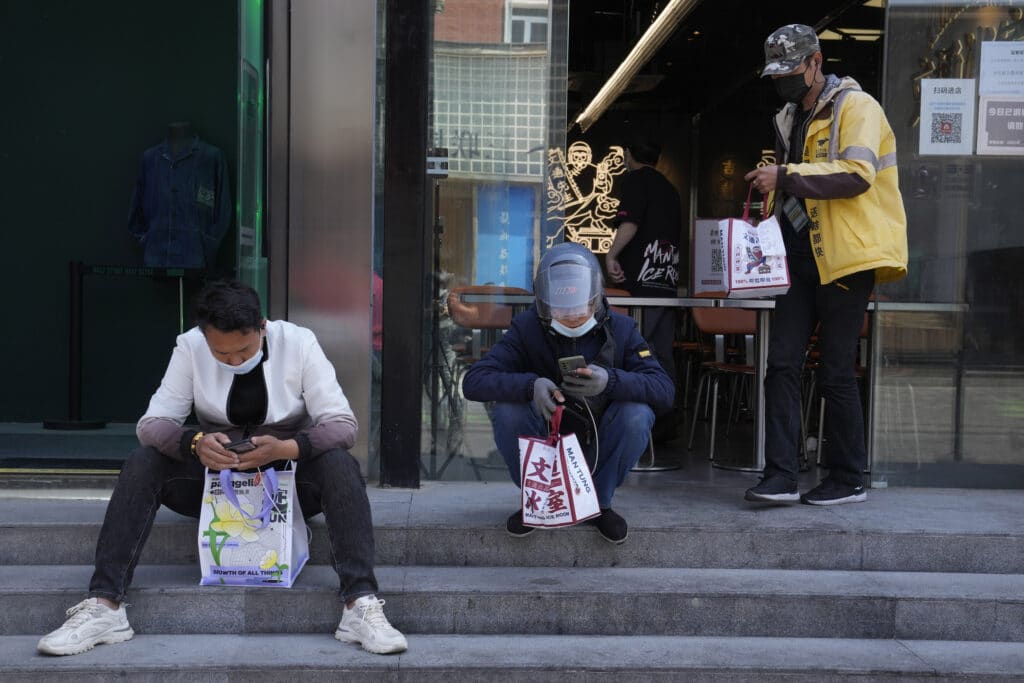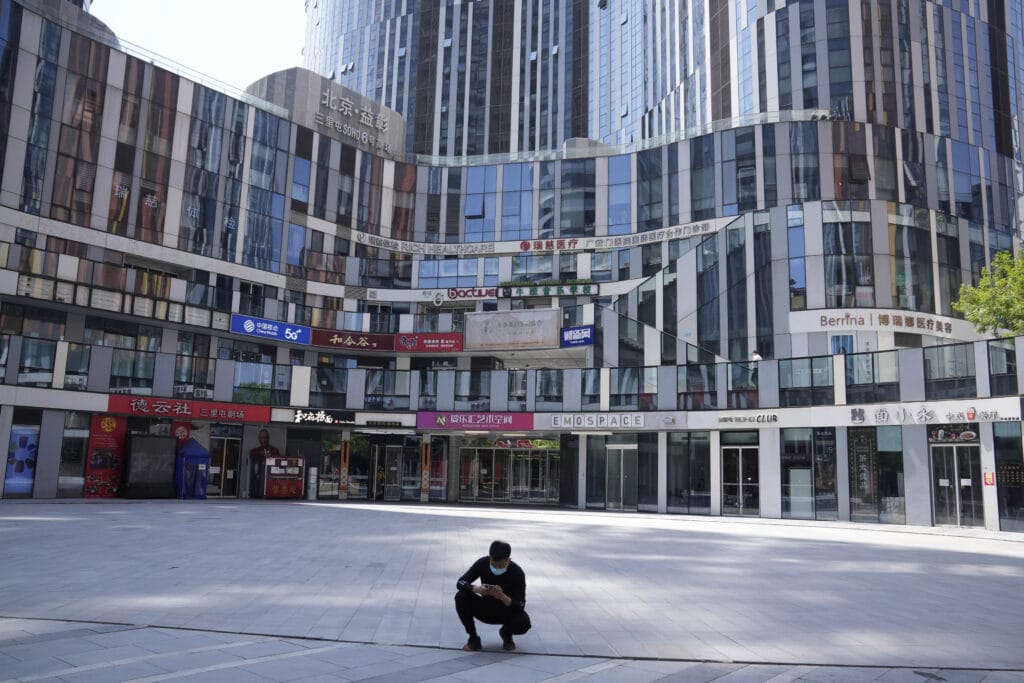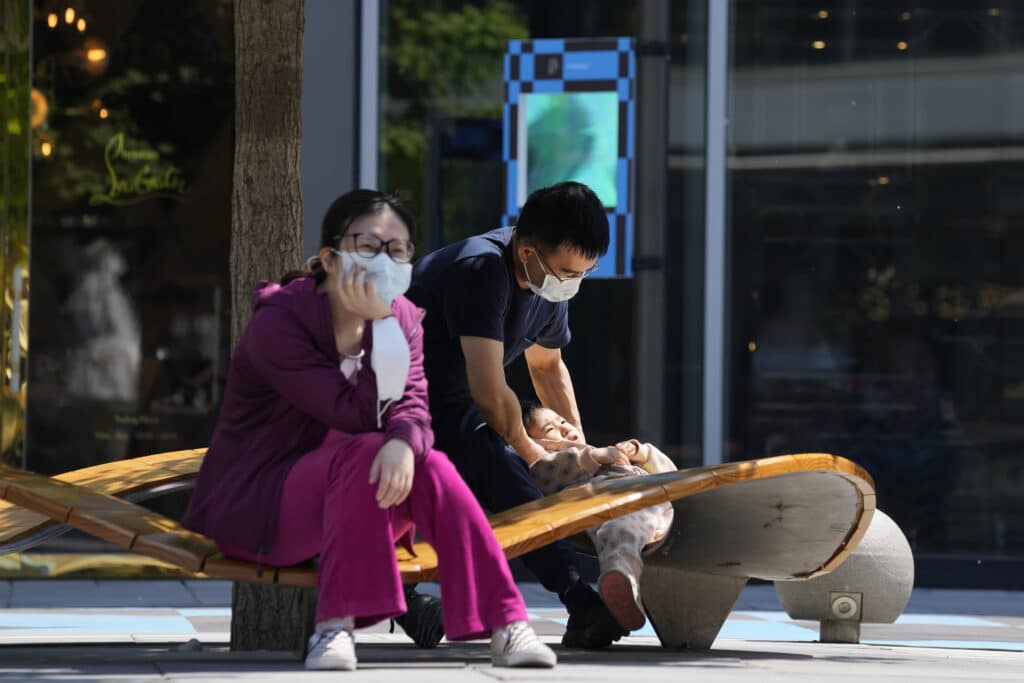Authorities have begun a limited easing of a citywide lockdown in Shanghai as it appears that cases are starting to drop dramatically, which is a good sign for China’s most populace city, and very busy seaport. The current lockdown has disrupted the lives of millions of residents and dealt at least a temporary blow to China’s economy. As reported by the AP:
China’s largest city recorded about 7,000 cases a day on Saturday and Sunday, down from a peak of27,605 nearly three weeks ago on April 13
BEIJING (AP) — The COVID-19 outbreak that has shut down most of Shanghai appears to be waning, with the number of new cases falling below 10,000 a day over the weekend.

Authorities have begun a limited easing of a citywide lockdown that has disrupted the lives of millions of residents and dealt at least a temporary blow to China’s economy. Many have been confined to their apartments for three weeks or more. They reported difficulty ordering food deliveries in the early days of the lockdown and higher prices for what they could get.
China’s largest city recorded about 7,000 cases a day on Saturday and Sunday, down from a peak of 27,605 nearly three weeks ago on April 13. Shanghai reported 32 deaths, raising the death toll to 454. Most of the victims have been elderly and many were unvaccinated.

Even as many other countries relax pandemic restrictions, the Chinese government has stuck to a “zero-COVID” approach that restricts travel, mass tests entire cities and sets up sprawling temporary facilities to try to isolate every infected person. Lockdowns start with buildings and neighborhoods but become citywide if the virus is spreading widely.
Many outside experts say it’s time for China to change course. Lockdowns helped buy critical time at the start of the pandemic, but zero-COVID no longer makes sense from a public health perspective and imposes socioeconomic costs, said Richard Reithinger, the vice president for global health at RTI International in Washington, D.C.
“Continuing to enforce a zero-COVID-19 policy now, including a lockdown approach and restricting travel, is almost like pretending we have learned nothing over the past two years, now that effective treatment options and various vaccines are available,” he said.

But Chinese officials worry that a major outbreak could overwhelm the health care system and lead to more deaths, particularly among the unvaccinated elderly.
Authorities in Beijing have closed schools, carried out mass testing of more than 20 million people and imposed targeted lockdowns of buildings and neighborhoods to try to prevent what is still a small outbreak from reaching Shanghai proportions and necessitating a citywide lockdown.
The Chinese capital reported 50 new cases, bringing the total to 400 in the 11-day-old outbreak. Restaurants and gyms have been ordered shut for the May Day national holiday that runs through Wednesday. Major tourist sites in the city, including the Forbidden City and the Beijing Zoo, will close their indoor exhibition halls starting Tuesday.

Shanghai has recorded about 400,000 cases in China’s largest outbreak since the start of the pandemic.
Reithinger said a zero-COVID policy is a blanket strategy rather than one driven by epidemiological data. Rather than citywide lockdowns, China should focus on areas where there are clusters of cases, enforce social distancing and other prevention measures and redouble its vaccination efforts, particularly among the elderly, he said.
Source AP






